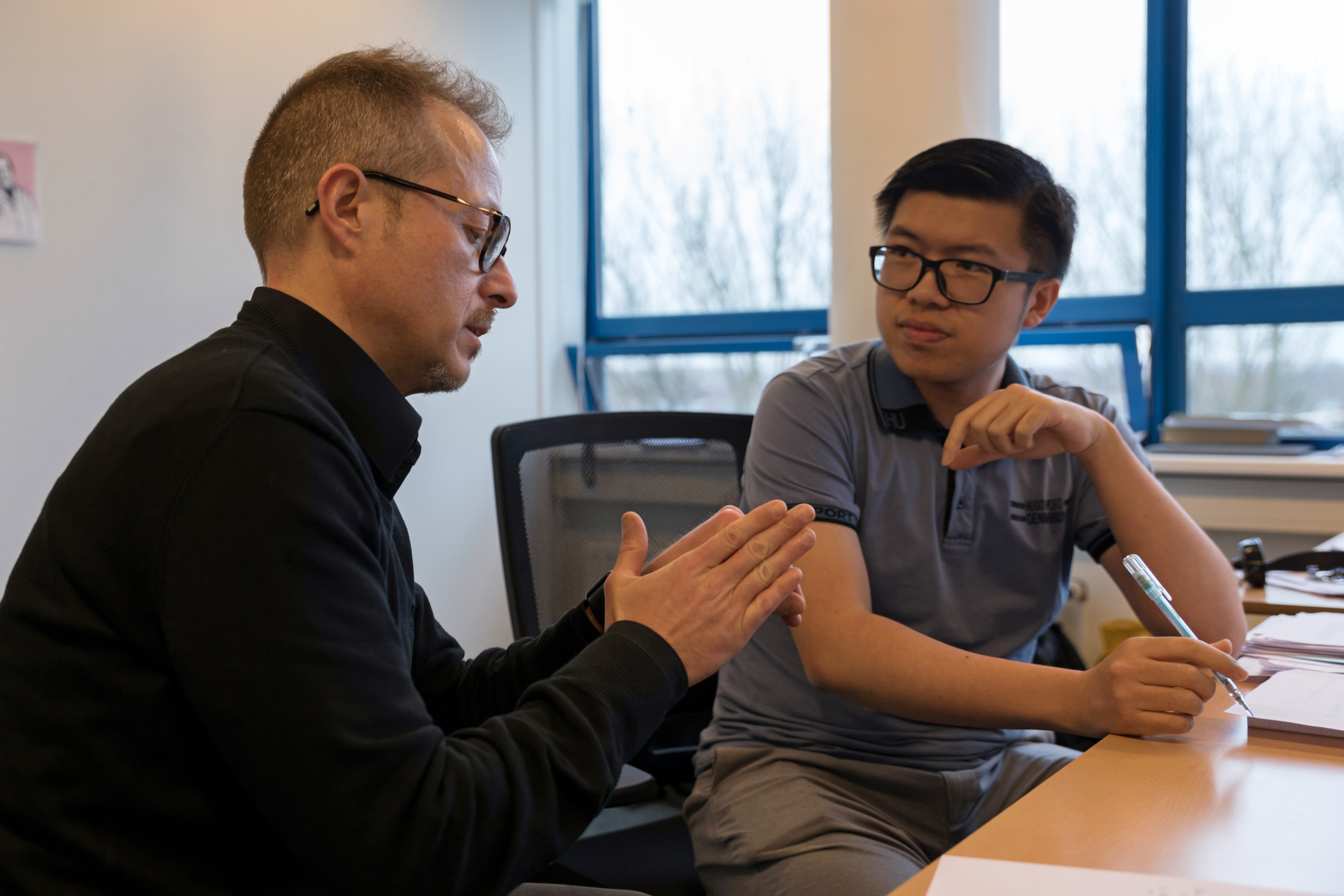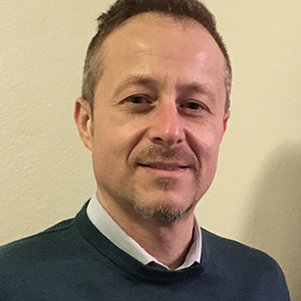Damiano Casalino
It might not be the first thing you would have thought, but aeroacoustics is a quiet partner in this, claims Damiano Casalino, professor of Aeroacoustics at TU Delft. “Aeroacoustics is essential in the development of the latest generation of sustainable aircraft and wind turbines.”
Sustainability is major concern in Casalino’s activity: “Excessive use of fossil fuels has led to a dramatic alteration of the carbon dioxide cycle. The global growth is no more sustainable using conventional sources of energy, and we need a drastic change in the way we generate, store and use energy. If we want to preserve our planet for the next generations we must react soon.”
Sustainability in air transportation means we need to compensate the growing demand of flights by reducing specific fuel consumption and noise. Current technologies are close to their limits, and the expected growth of air transportation can be sustained only through disruptive innovations, such as novel aircraft designs with acoustically shielded engines and electric propulsion.
A new challenge is also coming from the development of urban air mobility and the imminent introduction of drones for delivery and other services. Drones and future personal air vehicles are vertical take-off and landing systems like helicopters. Therefore, in ground proximity, they are lifted by rotors. The amount of noise generated by these vehicles is proportional to the lift, and this is something that cannot be avoided. “The noise produced by these vehicles is one of the limiting factors for their operation in urban areas. New concepts for the reduction of noise at the source and also for the absorption of noise and pollution from building facades are needed to enable the, what we call, ‘Third Aerospace Revolution’ of the electric urban air mobility.”
Clean and quiet air taxis
They might still be considered fancy ideas, but air taxis could become a reality sooner than we believe. Major aerospace companies and new emerging companies are developing electric air taxis concepts with entry into service in about ten years from now. “Uber, the shared taxis company, is evaluating the economical, operational and environmental impact of a ground/air integrated taxis service. Their model is to combine cars and small electric air vehicles taking off from the floor of buildings and quickly jumping to other parts of a metropolitan areas, bypassing the traffic congestion. Several aerospace research organizations and air traffic regulatory agencies are involved in the development of enabling technologies and air traffic management regulations.”
Electric flights over populated areas will only be possible if the noise levels are considered acceptable for local residents. However, noise simulations conducted by Casalino’s team show that insufficient consideration has been given so far to the definition of the quiet vehicle architectures. “In some of the most advanced multi-rotor concepts, the wake shed from propellers in the front of the vehicle is ingested by propellers on the rear, resulting in a very noisy configuration. Usage of numerical simulations in the early stage of design can be useful to select a subset of optimal concepts, reducing the costs associated with physical prototypes and flight tests.
Wind energy
To sustain the global growth and the emerging challenge of urban air mobility, the usage of green sources of energy must be increased. “Wind energy is one of these sources. However, the whole environmental impact of “wind farms” must be carefully evaluated. Among different considerations involving the amount of energy required to manufacture and operate these large infrastructures, reducing the noise generated by rotating blades is necessary to sustain the increasing demand.
Wind turbine noise is not only a concern for the neighbouring populations, but also for several animal species that are impacted by noise, like marine mammals in the case of off-shore wind farms. Research is necessary to understand how to mitigate the noise generated by the edge of a blade. “Development of noise reduction concepts based on combined usage of trailing-edge serrations and porous materials is one of the research areas in my team, in collaboration with several industrial partners”.
Importance of education
Greening is by definition connected with energy efficiency. This comes from the 2nd law of thermodynamics. So, traditionally engineers are educated to develop green systems, since production, operational and maintenance costs are lower if the energy efficiency is higher. “Noise pollution is not directly connected to costs, but to health and societal acceptance. Therefore, in the past, aeroacoustics did not have a large impact on the curriculum of an engineer. This is no more the case, as aeroacoustics is driven by the growing value of ‘silence’. Several aerospace faculties, including TU Delft, integrate aeroacoustics in master programs.”
Casalino believes that a solid theoretical background in aeroacoustics can help engineers to discard noisy solutions in their ordinary work, and to critically elaborate information obtained from physical and numerical experiments. “I always encourage my students to critically look at their numerical or experimental results. Bad simulations can match with bad measurements and without a critical attitude it is impossible to avoid situations of this kind, which can lead to wrong decisions.”


